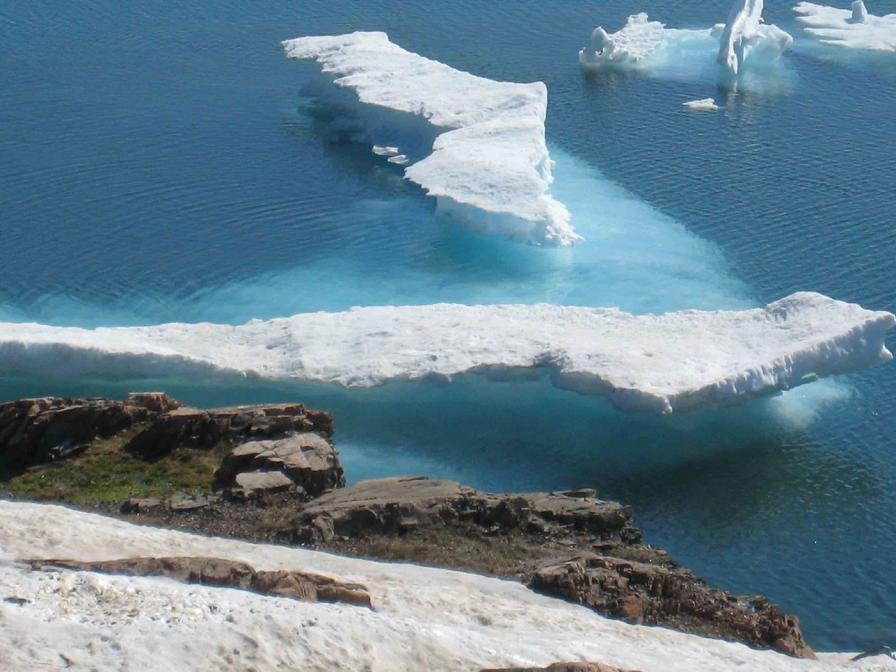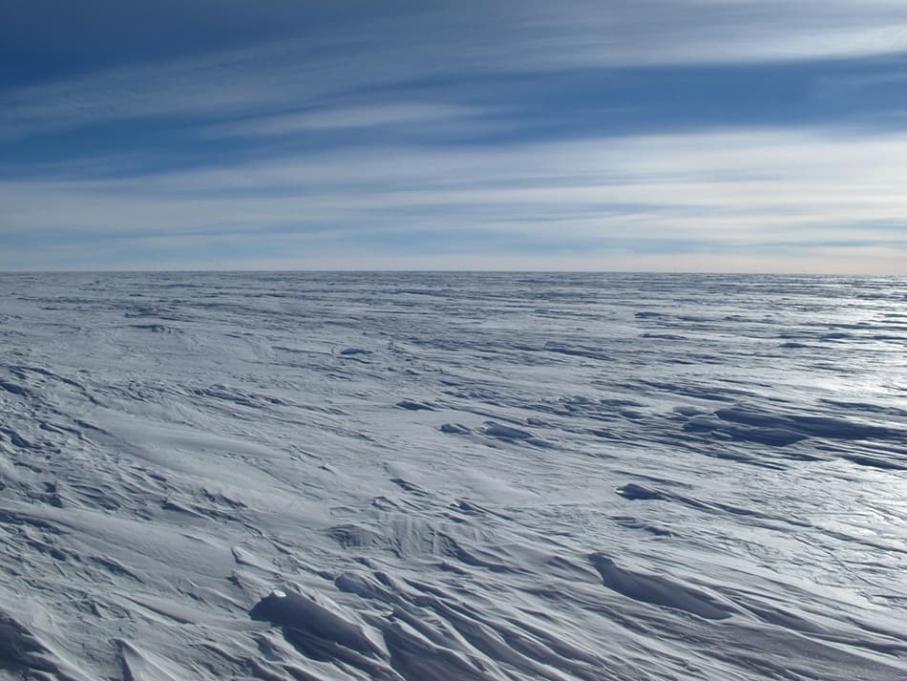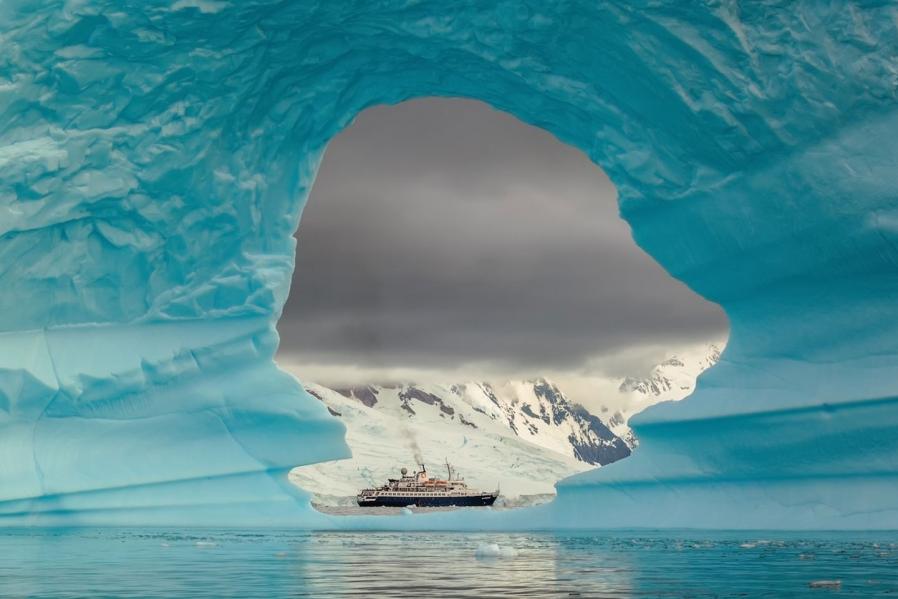Northern Lights Photography: Tips and Techniques for Capturing the Ethereal Display
The Northern Lights, also known as the Aurora Borealis, are a captivating natural phenomenon that has captivated the imagination of countless people around the world. For photographers, capturing the beauty of the aurora is a unique and rewarding challenge, one that requires careful planning, specialized equipment, and a keen eye for composition.

Understanding The Northern Lights
The Northern Lights are caused by the interaction of charged particles from the sun with Earth's magnetic field. These particles are guided by the magnetic field towards the poles, where they collide with atoms and molecules in the atmosphere, causing them to emit light. The color of the aurora depends on the type of atom or molecule that is excited.
Factors Influencing Visibility And Intensity
- Solar activity: The intensity of the Northern Lights is directly related to solar activity. During periods of high solar activity, the aurora is more likely to be visible and vibrant.
- Geomagnetic conditions: The Earth's magnetic field can affect the visibility of the aurora. When the magnetic field is disturbed, the aurora may be more visible at lower latitudes.
- Cloud cover: Clouds can block the view of the aurora, so it is important to choose a location with clear skies.
- Light pollution: Light pollution from cities and towns can make it difficult to see the aurora. It is best to find a location away from bright lights.
Planning Your Northern Lights Expedition
To increase your chances of capturing stunning Northern Lights photographs, careful planning is essential.
Best Locations For Viewing
The best locations for viewing the Northern Lights are typically found within the auroral oval, a region around the Earth's magnetic poles. Some popular destinations include:
- Alaska, USA
- Northern Canada
- Scandinavia
- Iceland
- Greenland
Optimal Viewing Times

The Northern Lights are most likely to be visible during the winter months, when there are more hours of darkness. The best time to view the aurora is typically between 10 pm and 2 am.
Weather Forecasting And Aurora Predictions
Before heading out on your Northern Lights expedition, it is important to check the weather forecast and aurora predictions. Several websites and apps provide real-time updates on solar activity and geomagnetic conditions, which can help you determine the likelihood of seeing the aurora.
Essential Camera Equipment

To capture the Northern Lights, you will need the following essential camera equipment:
- Camera body with manual settings: You will need a camera that allows you to manually adjust the aperture, shutter speed, and ISO.
- Wide-angle lens: A wide-angle lens (14-24mm) is ideal for capturing the vastness of the Northern Lights.
- Tripod: A tripod is essential for keeping your camera steady during long exposures.
- Remote shutter release: A remote shutter release allows you to trigger the camera without touching it, which can help prevent camera shake.
Camera Settings For Northern Lights Photography
The following camera settings are recommended for Northern Lights photography:
Aperture:
Use a wide aperture (f/8 or wider) to let in as much light as possible.
Shutter Speed:
Use a slow shutter speed (15-30 seconds) to allow enough time for the aurora to register on the camera sensor.
ISO:
Use a high ISO (1600-3200) to increase the camera's sensitivity to light.
White Balance:
Set the white balance to "daylight" or "cloudy" to ensure accurate colors.
Composition Techniques
In addition to the technical aspects of photography, composition is also important for capturing stunning Northern Lights images.
Framing The Aurora Within The Landscape
Use the surrounding landscape to frame the aurora and create a sense of depth. Look for natural elements such as trees, mountains, or lakes that can add interest to the composition.
Creating A Foreground Interest
Including a foreground interest in your image can help to create a sense of scale and depth. This could be anything from a person to a tree or a building.
Using Leading Lines And Symmetry
Leading lines and symmetry can help to draw the viewer's eye into the image and create a sense of balance and harmony.
Focus And Exposure
To ensure sharp images, it is important to focus your camera manually on infinity. You may also want to use bracketing exposures to capture a wide range of brightness in the scene.
Post-Processing Techniques
Once you have captured your Northern Lights images, you can use post-processing techniques to enhance their appearance.
Adjusting Brightness And Contrast
Adjust the brightness and contrast to bring out the details in the aurora and the surrounding landscape.
Enhancing Colors And Vibrancy
Use saturation and vibrance adjustments to enhance the colors of the aurora and make them more vibrant.
Reducing Noise
High ISO settings can introduce noise into your images. Use noise reduction software to reduce noise and improve the overall quality of your images.
Additional Tips
- Dress warmly and prepare for cold weather, as you may be spending long periods of time outdoors.
- Be patient and persistent. It may take several nights of waiting to capture the perfect Northern Lights photograph.
- Respect the environment and minimize light pollution. Turn off your headlights when parked and avoid using flash photography.
Capturing the beauty of the Northern Lights is a challenging but rewarding endeavor. By understanding the phenomenon, planning your expedition carefully, using the appropriate camera equipment and settings, and employing effective composition techniques, you can increase your chances of capturing stunning images of this ethereal display.
YesNo

Leave a Reply